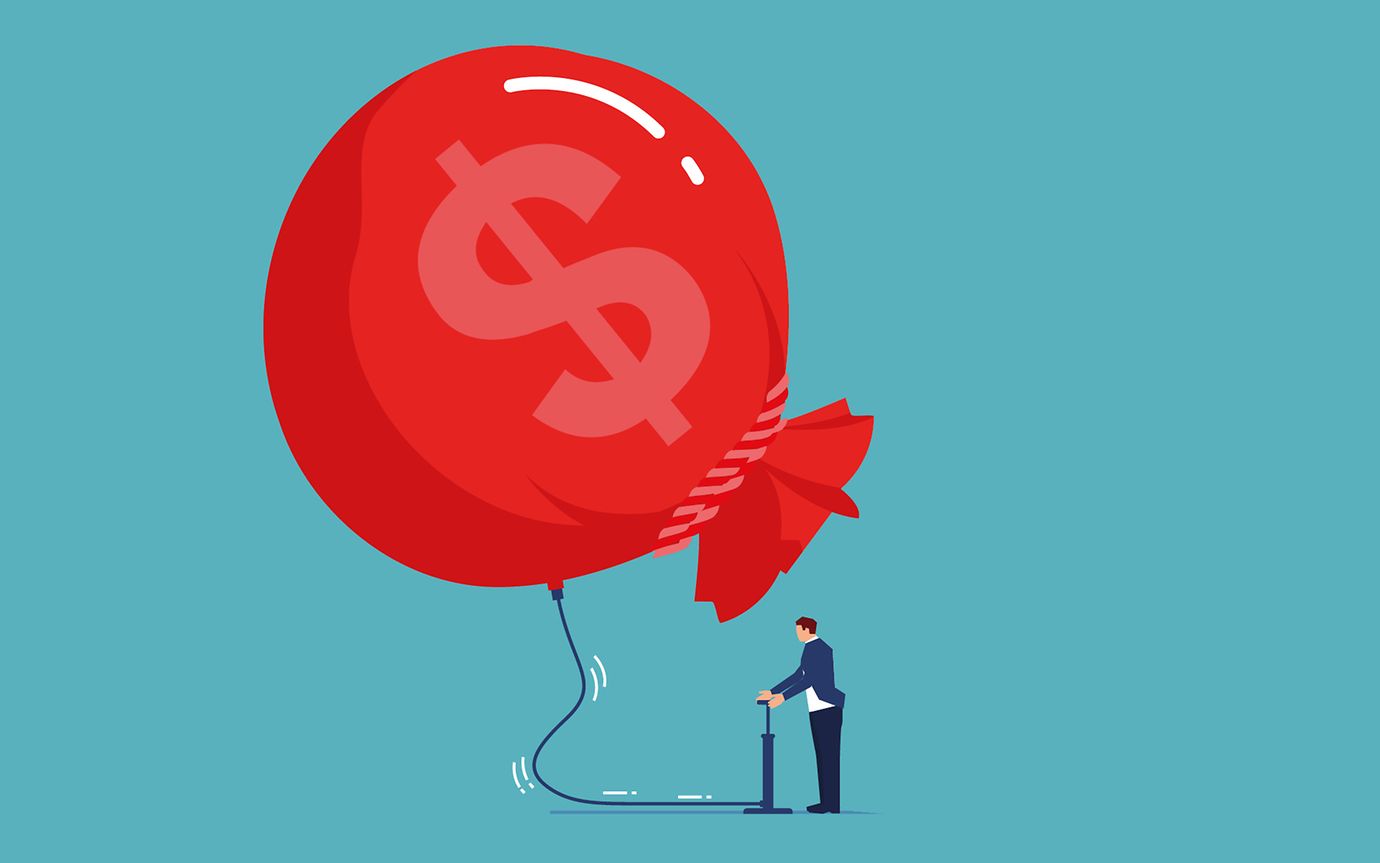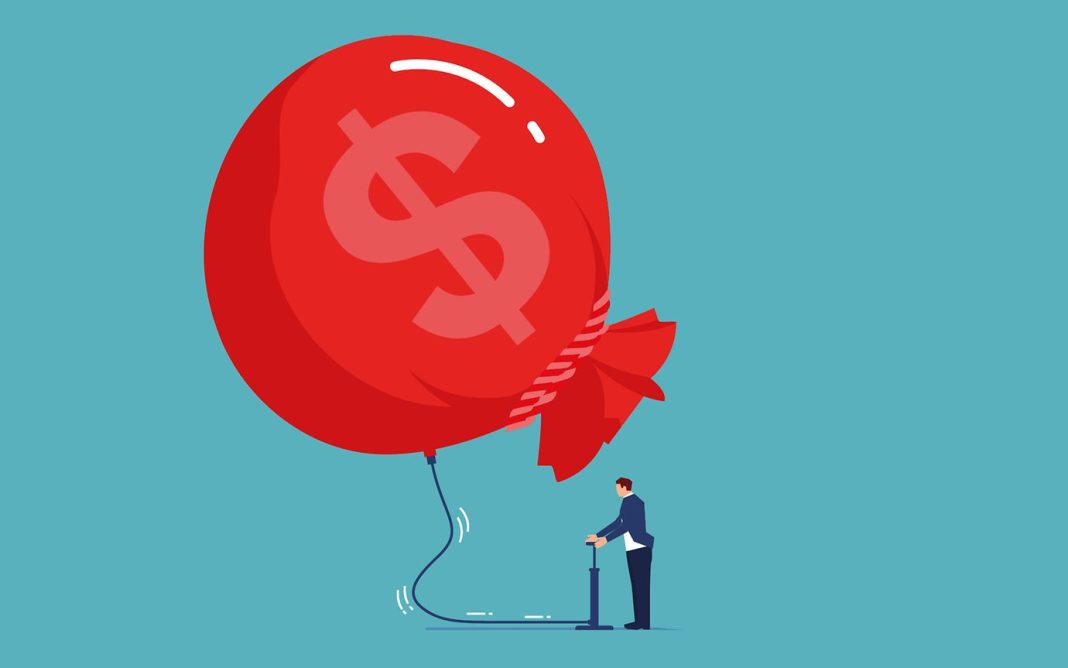 Shrinkflation and Greedflation: Understanding the Factors Behind Rising Inflation
Shrinkflation and Greedflation: Understanding the Factors Behind Rising Inflation
Introduction:
Inflation continues to be a pressing concern for the Biden administration, with claims that shrinkflation and greedflation are contributing to the persistent price pressures. However, economists have differing opinions on the matter. While some argue that corporate greed is driving inflation, others believe that the private sector’s response to inflation is not the primary cause. This article explores the various factors influencing inflation and provides insights from experts in the field.
The Role of Shrinkflation and Greedflation:
Shrinkflation, the practice of reducing product packaging while keeping prices unchanged, has become prevalent in the US market. From potato chip bags to rolls of toilet paper, consumers have noticed a decrease in product size without a corresponding decrease in price. This practice, known as shrinkflation, has led many Americans to believe that it is contributing to inflation. Similarly, greedflation refers to businesses raising prices more than their costs have increased. These two factors have attracted significant attention and have been blamed for the current inflationary challenges.
Expert Insights on Inflation:
Allison Schrager, an economist and senior fellow at the Manhattan Institute for Policy Research, disagrees with the notion that greedy corporations are causing inflation. She argues that corporations naturally increase prices during periods of high demand, which helps to ration goods in the market. Schrager points out that two main contributors to elevated prices are high consumer demand and loose fiscal policy. With consumer spending on the rise, a robust labor market, and expanding GDP, prices tend to rise when demand is high. Additionally, loose fiscal policy, including infrastructure spending and subsidies, adds more demand to the economy and further contributes to inflation.
Contrasting Views on Corporate Profiteering:
Dr. Ali Bustamante, an economist at the University of New Orleans, believes that inflation is fueled by corporate profiteering through sophisticated pricing strategies. He argues that large corporations are engaging in pricing strategies that contribute to elevated prices. On the other hand, Bilal Baydoun, the director of policy and research at Groundwork Collaborative, highlights the role of shrinkflation in price increases. He explains that profits increasingly come in smaller packages, leading to a significant percentage of price increases experienced by consumers.
Government Intervention and Economic Impact:
While some experts recommend government intervention to combat shrinkflation, others caution against it. Ryan Bourne, an economist at the Cato Institute, argues that banning shrinkflation would effectively mandate raising package prices, which may not be preferred by some consumers, especially those with lower incomes. Critics of government intervention also argue that it could do more harm than good in an inflationary environment.
The War on Shrinkflation:
Shrinkflation has gained national attention, with President Biden and lawmakers addressing the issue. President Biden referred to shrinkflation during his State of the Union speech, highlighting how consumers are charged the same amount for products with smaller quantities. The White House has launched a joint strike force to combat unfair and illegal pricing practices, and Democratic lawmakers have introduced the Shrinkflation Prevention Act. Republicans, however, argue that the administration is using shrinkflation as an excuse to deflect blame from President Biden’s policies that they believe have contributed to inflation.
Understanding Shrinkflation:
Although shrinkflation has sparked debate recently, it is not a new phenomenon. Examples from the past include American Airlines removing one olive from its salads to save money in the 1980s and Toblerone widening the gaps between its chocolate chunks in 2017. These instances demonstrate that product size reductions have been used as cost-saving measures by businesses for decades.
Conclusion:
The causes of inflation are multifaceted, with both high consumer demand and loose fiscal policy playing significant roles. While some economists attribute rising prices to corporate greed and shrinkflation, others argue that these factors are not the primary drivers of inflation. Government intervention to combat shrinkflation remains a contentious issue, with differing opinions on its potential impact. As the inflation debate continues, it is essential to consider various perspectives and economic factors to gain a comprehensive understanding of the complex issue at hand.


